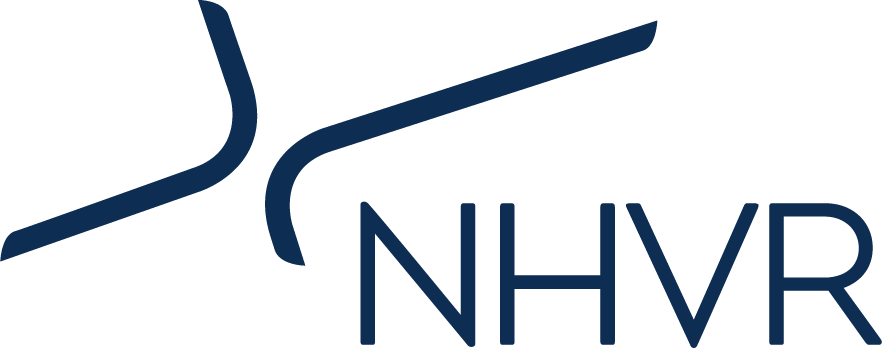The National Heavy Vehicle Accreditation Scheme (NHVAS) is a national formal process for recognising operators who have robust safety management systems in place. It is also increasingly being used to show compliance with general duty requirements under road transport law.
Heavy vehicle operators can apply for accreditation under the following NHVAS modules:
- Mass Management
- Maintenance Management
- Fatigue Management (Basic or Advanced)
The NHVAS is managed by the NHVR, our dedicated accreditation team is available to help with the development of applications. Contact us with any enquiries or if you need assistance.

 Accessibility tools
Accessibility tools

